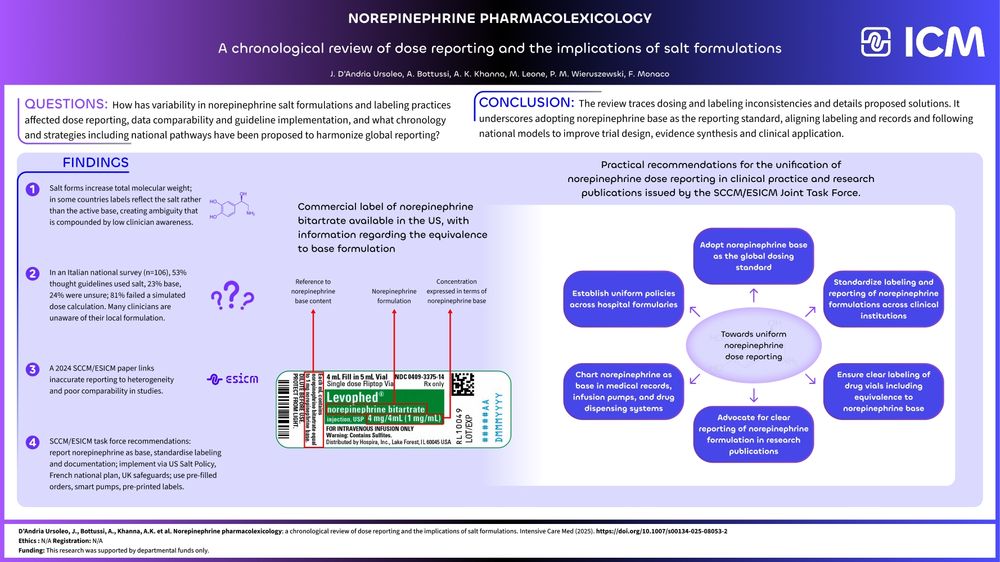Intensive Care Medicine Journal
@intenscaremed.bsky.social
230 followers
34 following
520 posts
Intensive Care Medicine serves as the premier publication platform facilitating the communication and exchange of cutting-edge research and ideas within the field of intensive care medicine on a comprehensive scale. This platform is designed for profession
Posts
Media
Videos
Starter Packs

























